- Ajita Devkota: 22 Years Old
- Law Student and U.S. Embassy Youth Council Member (2024-2025)
- Date of Birth : 2022-11-08
- Medical Diagonosis : visual impairment
- Hobbies : Public Speaking, Travelling
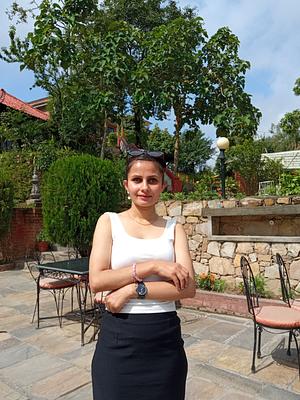
- Vibhaas Basukala : 30 Years Old
- CEO at Prime College and Prime Education Inc. & President at Karkhana Samuha
- Medical Diagnosis : Congenital Glaucoma (Total Blindness)
- Strengths: Educator
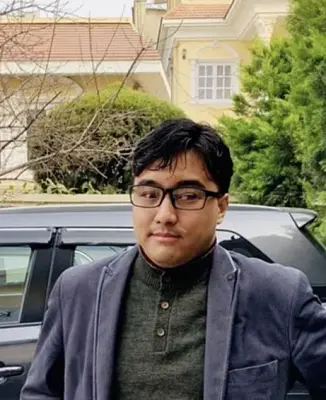
TEAM VITA (Visionary Inclusive Technology Alliance)
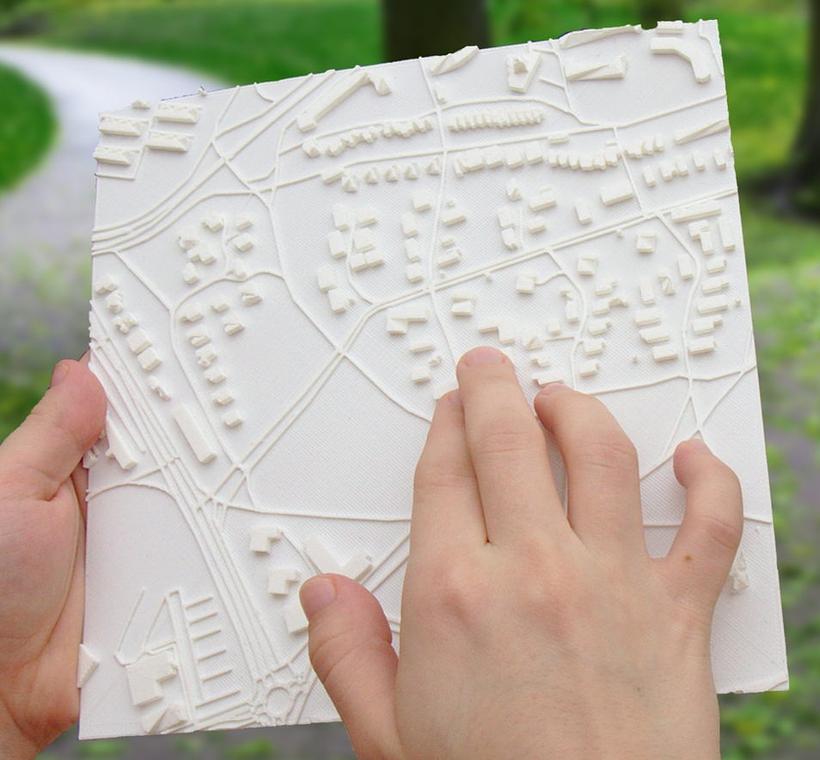
Owner & Collaborators
License
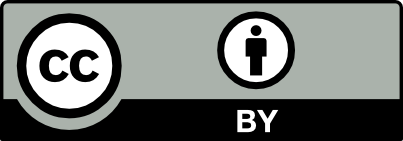
TEAM VITA (Visionary Inclusive Technology Alliance) by FablabShinagawa, Niroj-Deshar, Aashish, Sandip, Kareena-Pariyar, BasantaPandey, Kripun, Krish is licensed under the Creative Commons - Attribution license.
Summary
Removing barrier regarding public transportation for visually impaired. prototyping tactile map for accessibility.
SARMA in Nepal Team1
SARMA in Nepal Team1
Materials
Tools
Blueprints
Making
- For our need knower, navigating the public transport system is a daily struggle. There are two key challenges she faces:
- Identifying the correct vehicle and its route before boarding.
- Understanding her location and knowing when to get off at the correct stop.
- Visually impaired individuals face significant challenges when navigating unfamiliar areas, especially in busy urban environments. The Sundhara-Jamal-SahidGate-Law Campus area, being a highly frequented region, lacks sufficient tactile resources to aid their mobility.
- Current solutions do not provide a detailed, comprehensive map of essential landmarks, such as bus stops, zebra crossings, roads, and public amenities. The need for an accessible, easy-to-use, and accurate navigation tool is critical to enhance their independence and safety.
- Our detailed tactile map will address these gaps by offering detailed representations of key locations with a scale that ensures precise navigation, thus fostering better mobility and quality of life for visually disabled persons.
- Our project aims to create a tactile map as an assistive device for visually impaired individuals, covering the Sundhara-Jamal-SahidGate-Law Campus area. It includes key features such as Law Campus, all bus stops, roads, zebra crossings, overhead bridges, public toilets that assist navigation.
- One-fourth of the map was printed. it had fine thickness, but it was unevenly distributed. we took the feedback. we were instructed to scale it down more and make the printing more uniform.
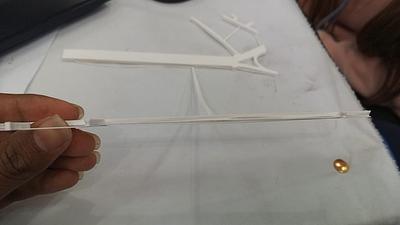
- This had a dimension of 140mm*140mm*3mm. Material used was PLA.
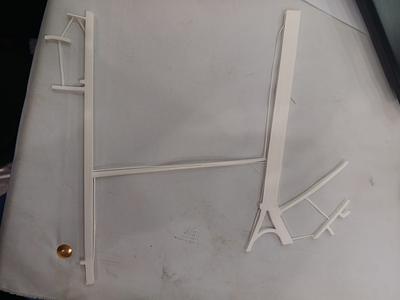
- Initially we didn't determine the actual ratio of our prototype. Later on we realized based on our user and scaling was done in the ratio of 1:200
- Even small dimensions required quite significant time to be printed. So, we had to figure out the optimum design to be printed within the constraint time.
- Being part of this event, we realized the importance of collaboration. how beautiful it could be if only we collaborate with others.
- Access Video : https://drive.google.com/file/d/1HExs7ziz1Y-d6EMbF58NECdtyeenG8Ln/view?usp=drivesdk
- Embedding NFC or QR codes in the tactile map can provide audio descriptions when scanned with a smartphone, offering additional guidance.
- Developing a digital version that syncs with GPS to provide real-time navigation assistance for visually impaired users.
- Creating an adaptable map that can be expanded to include a larger area or different city locations.
- Collaborating with city planners and transportation authorities to install tactile maps in public places like bus stops and metro stations.
- This project has successfully created an innovative and practical tool that supports visually impaired individuals in navigating urban spaces safely and independently. The tactile map stands as a step toward greater inclusivity, promoting accessibility and equal opportunities for all.
References
Usages
Project comments

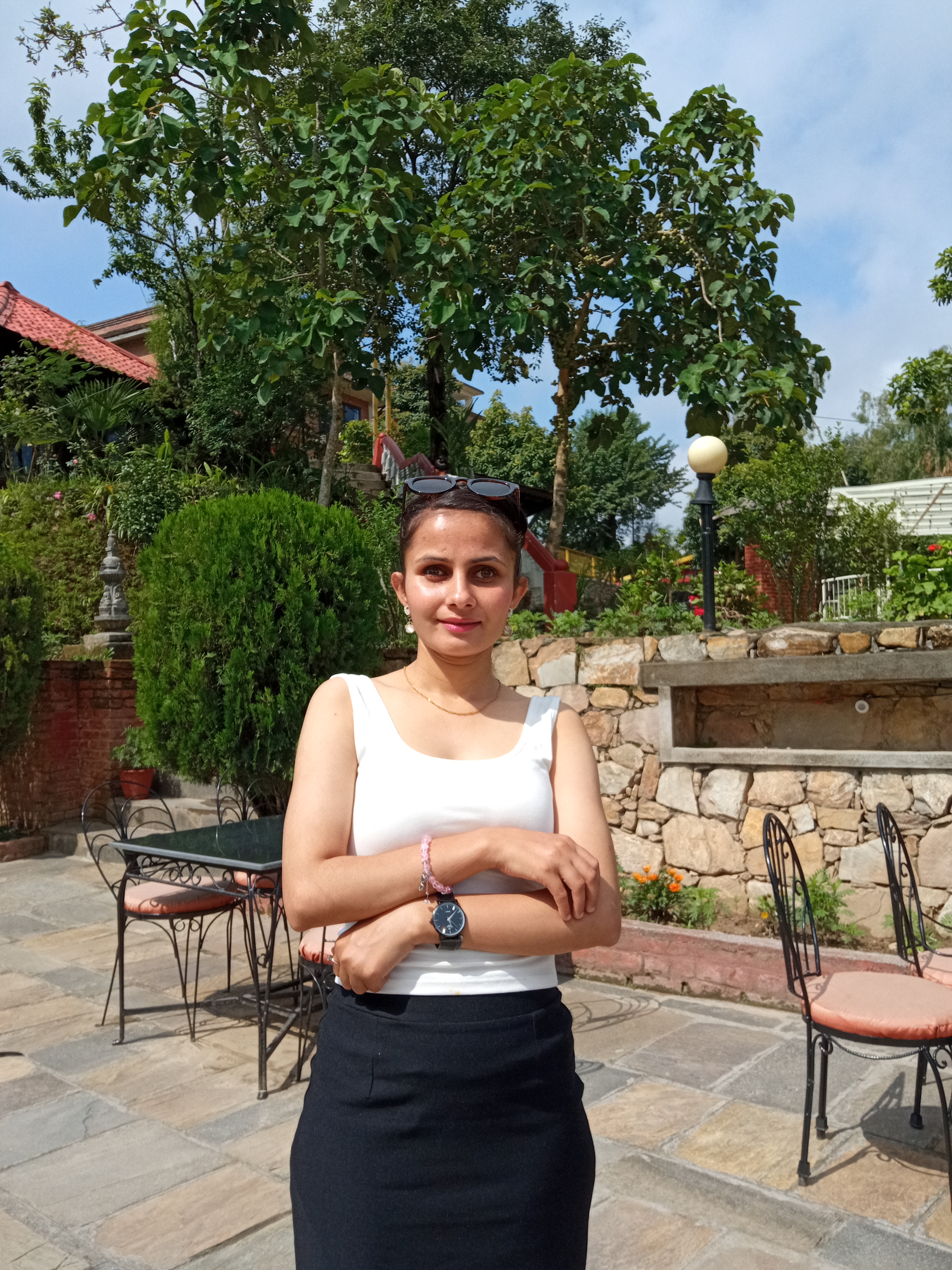
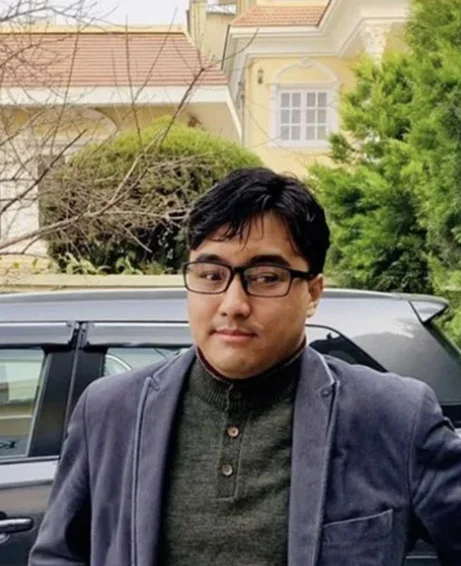
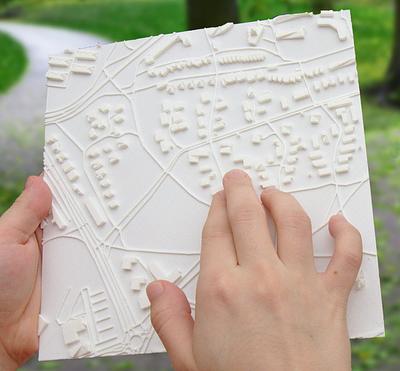
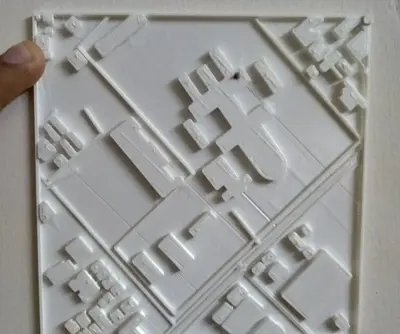
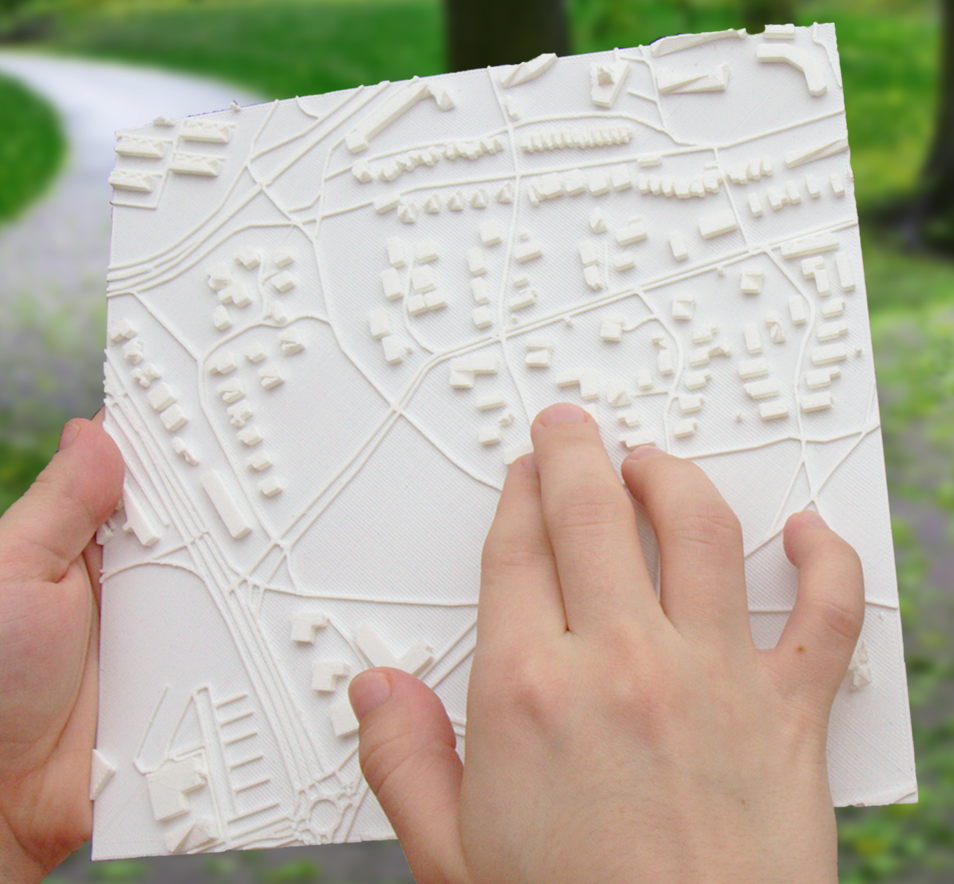
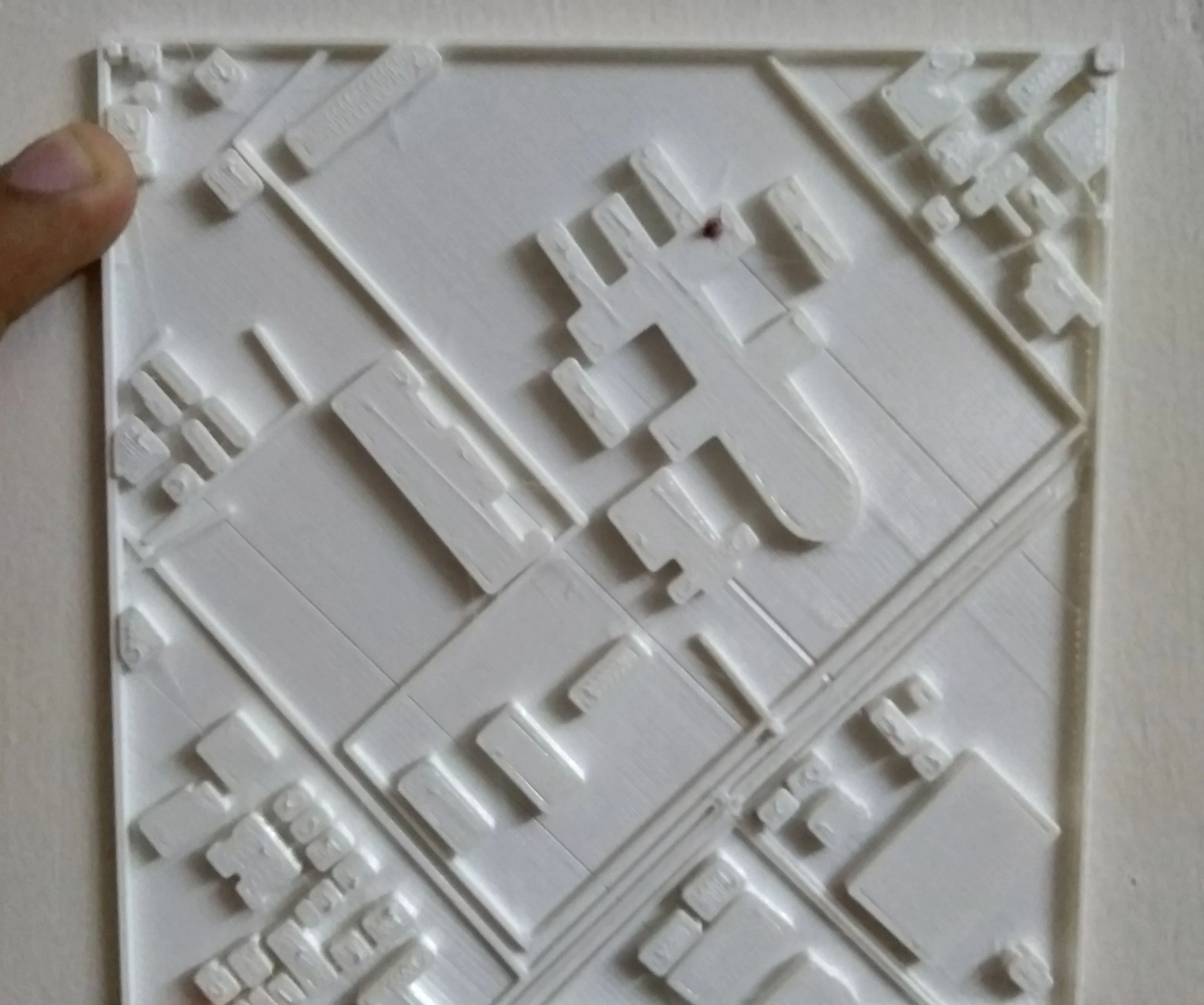
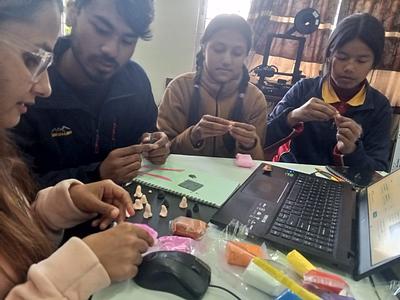
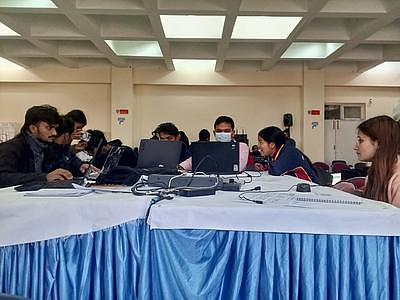
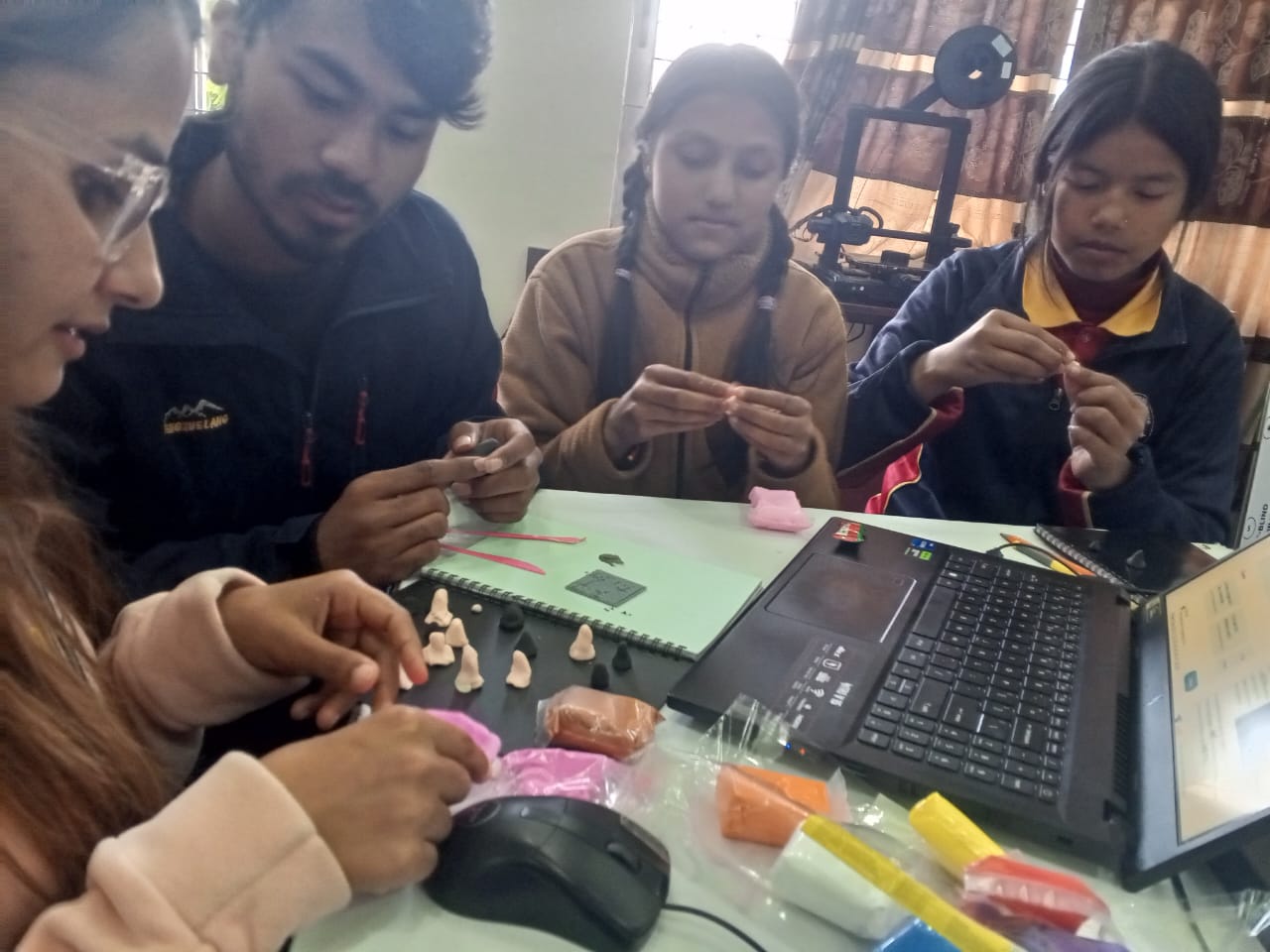
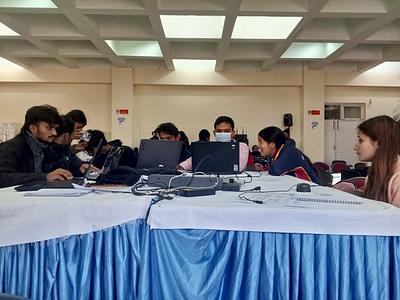
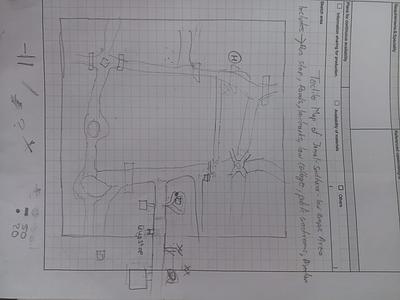

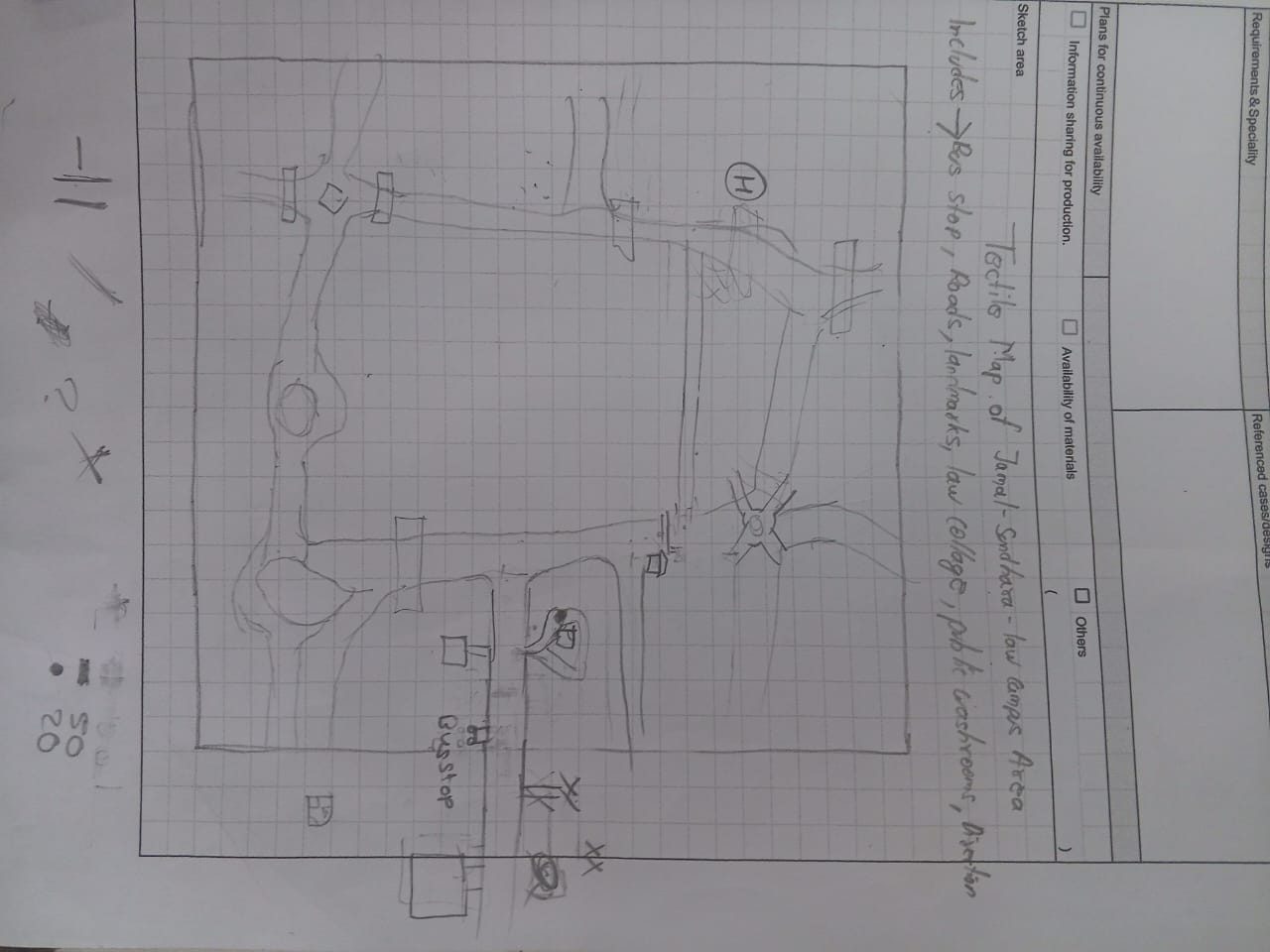
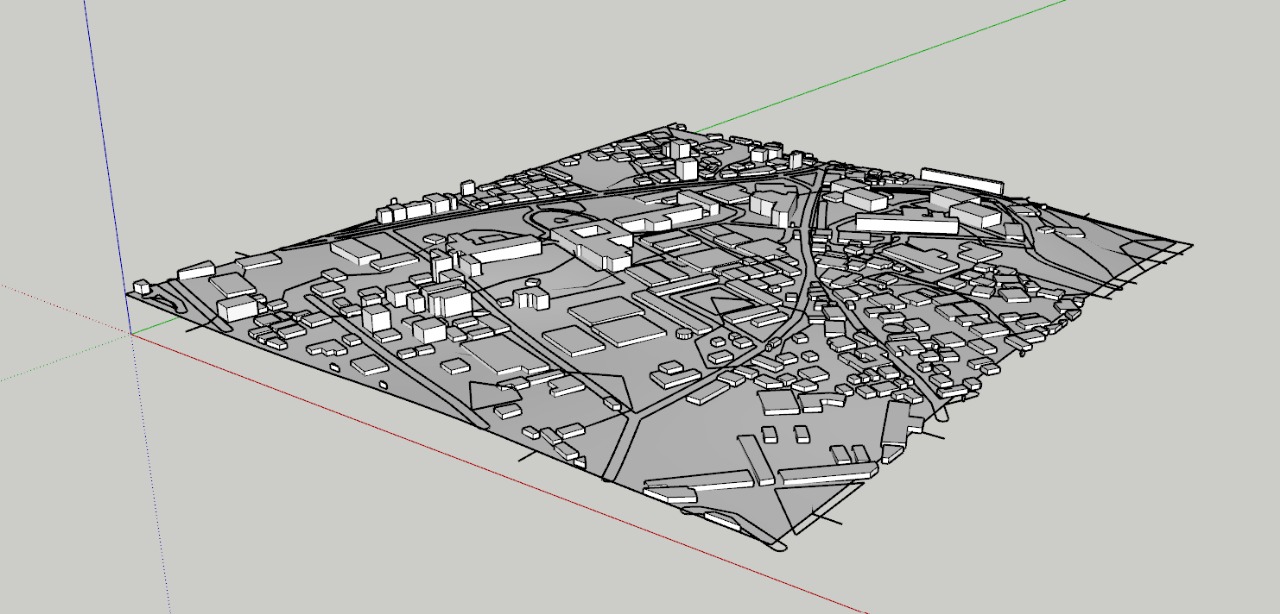
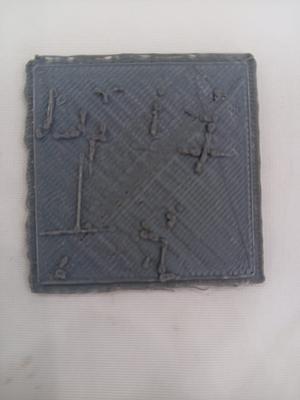
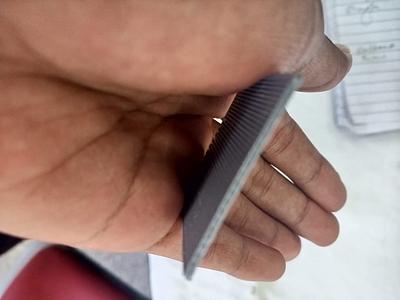

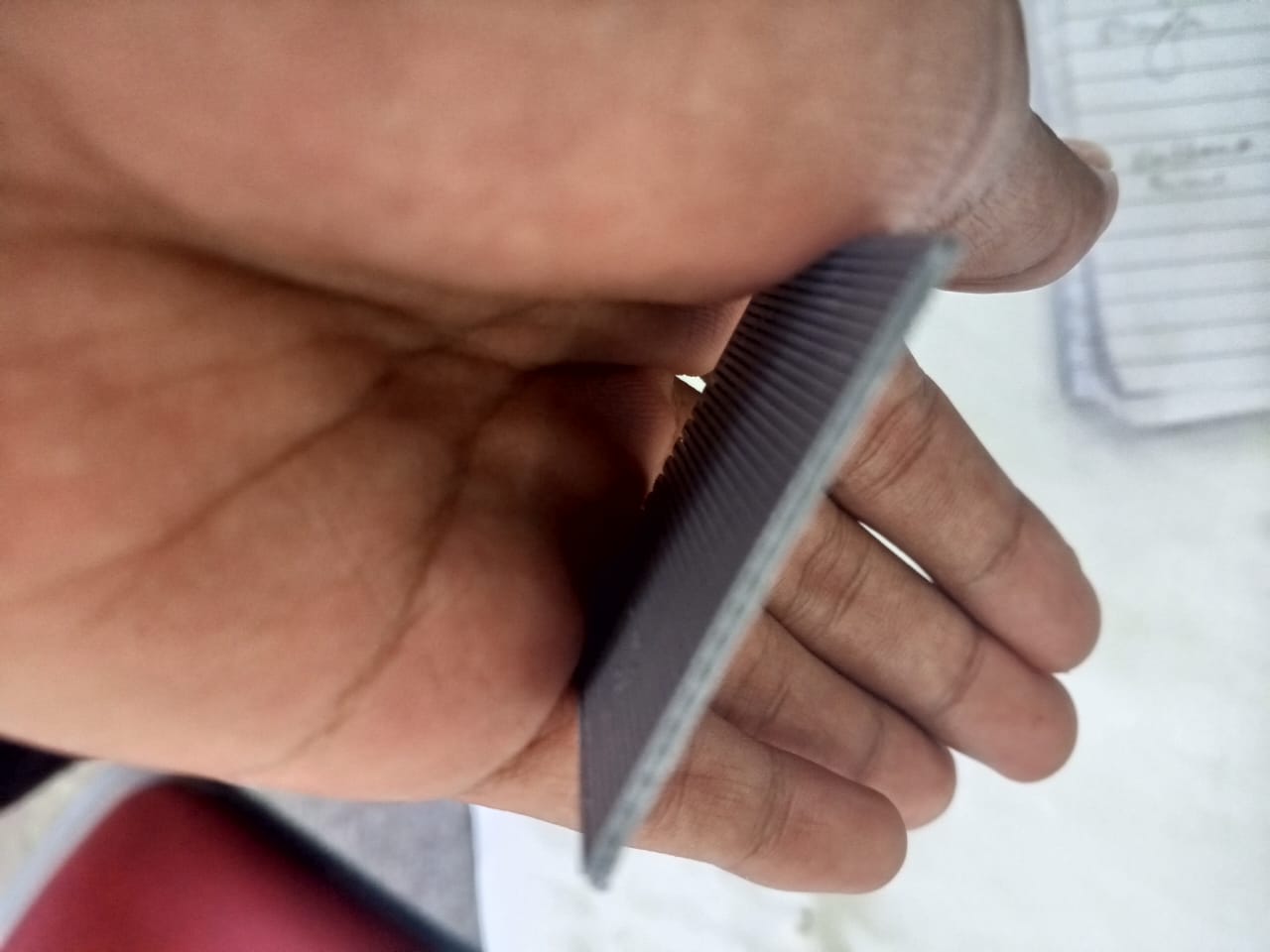
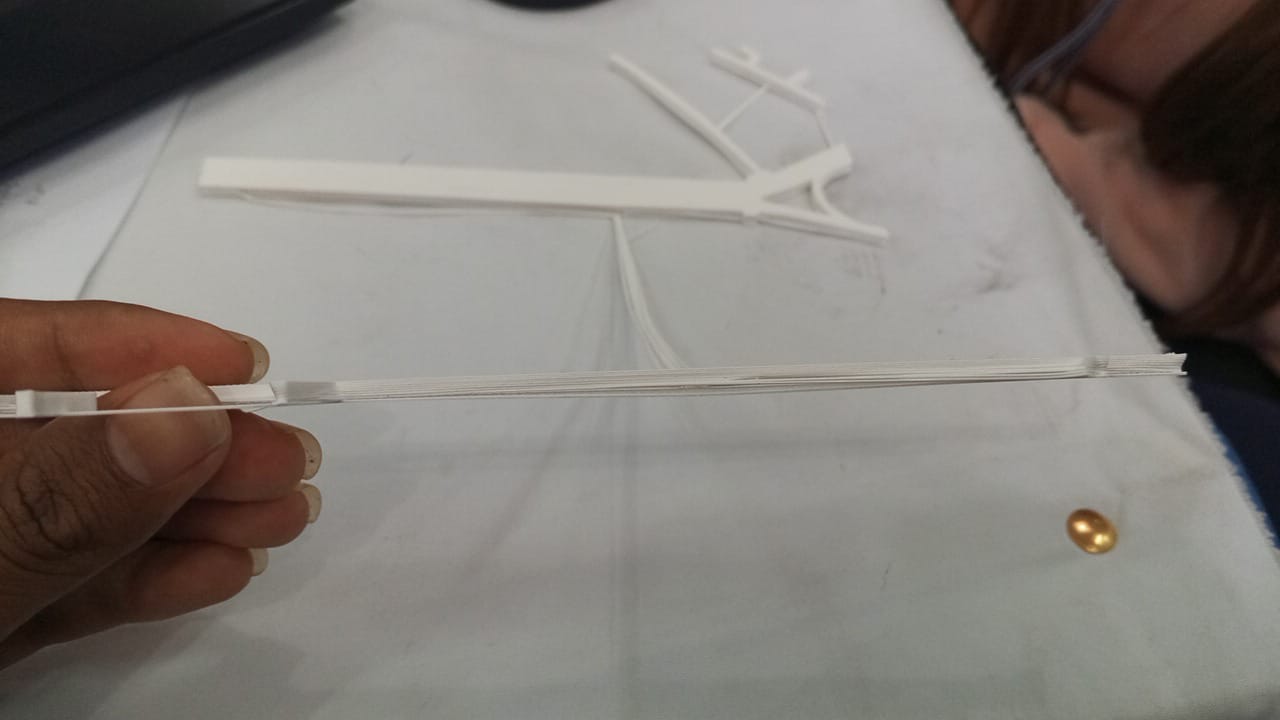

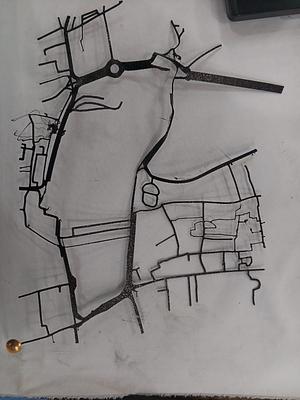
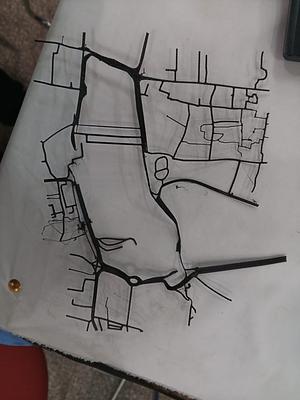
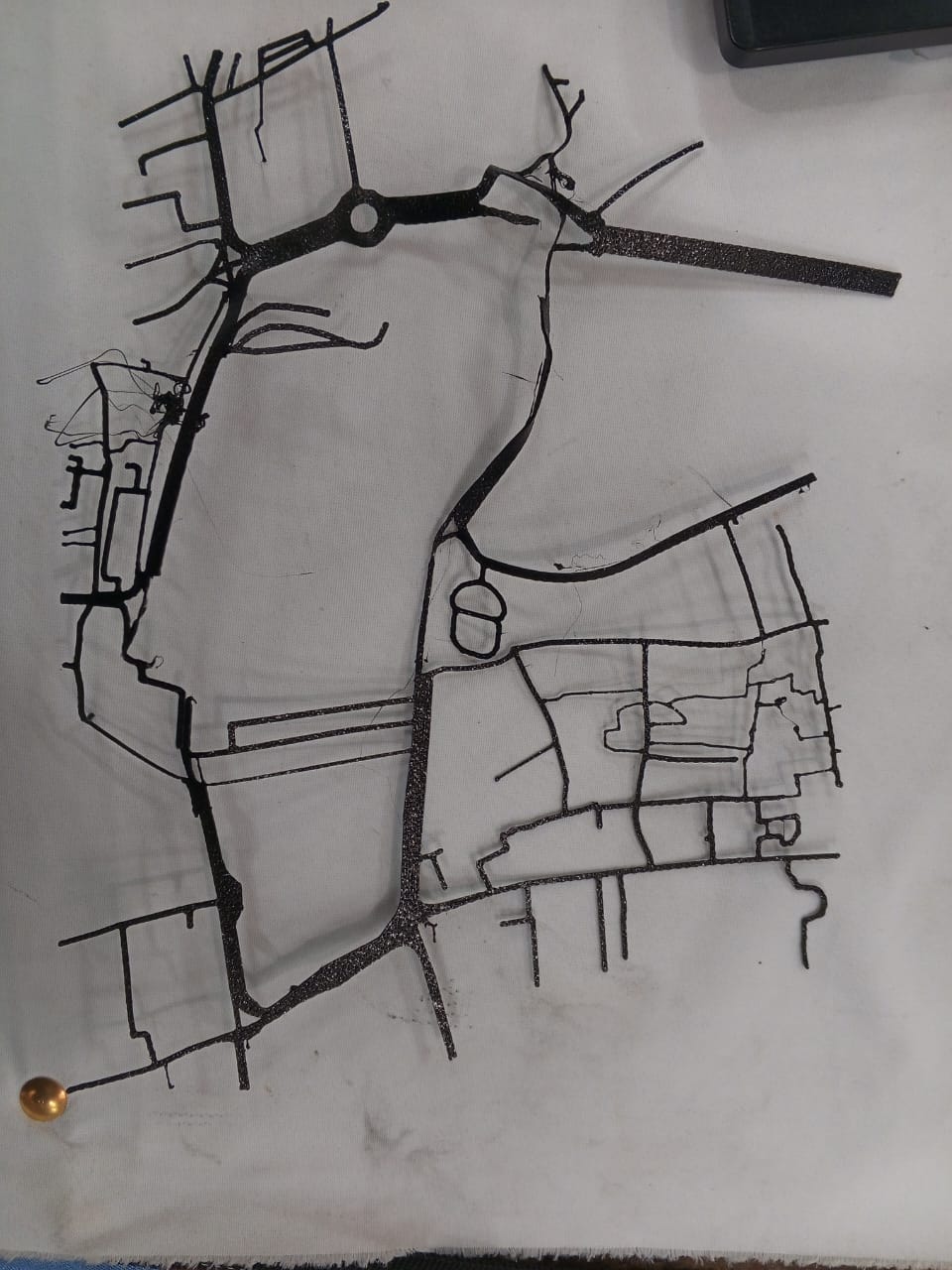
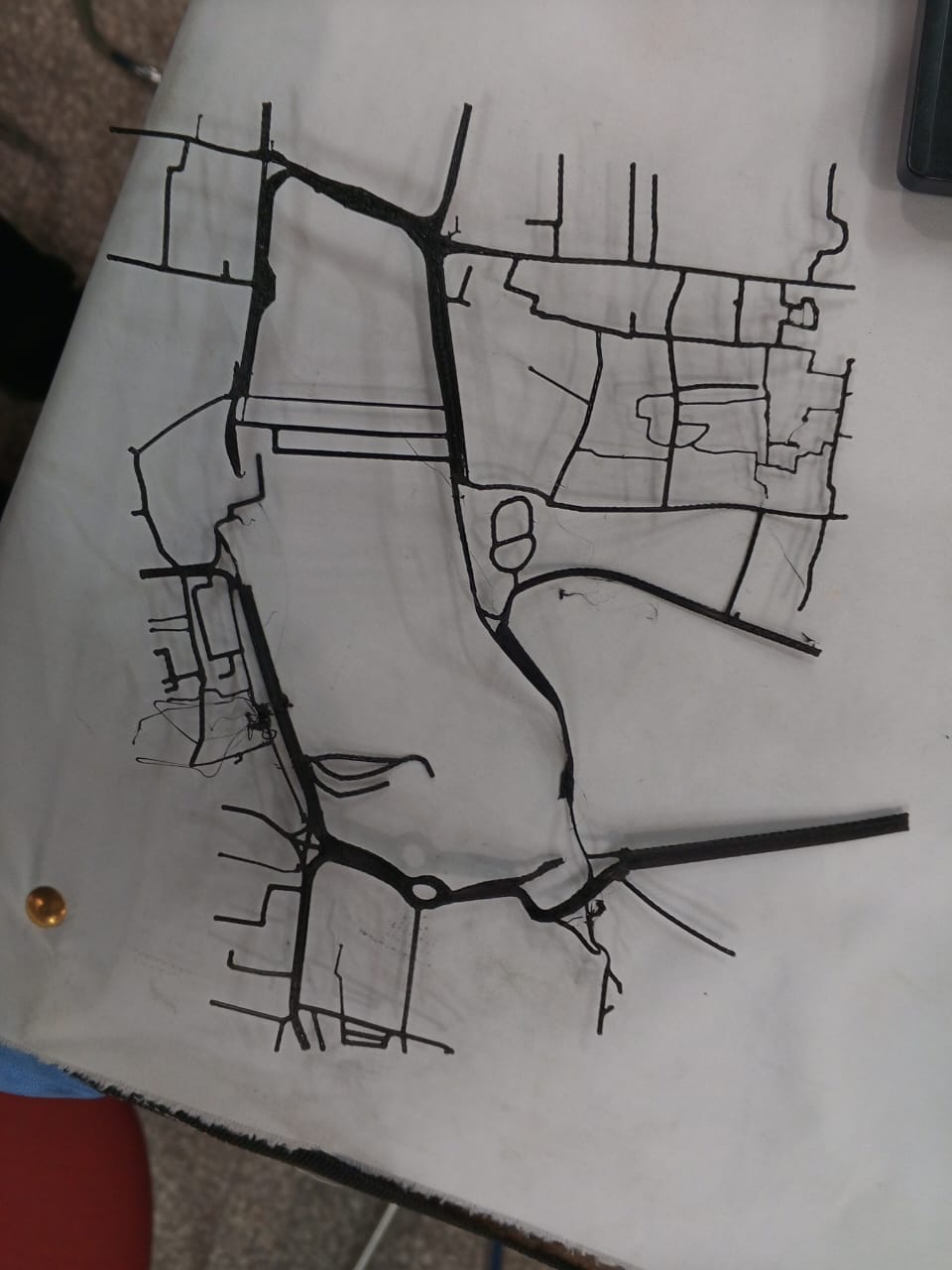
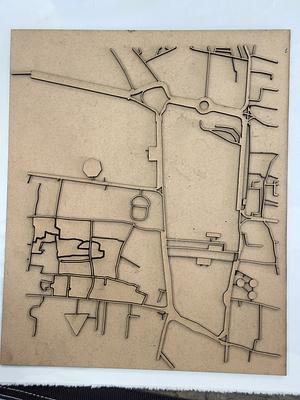
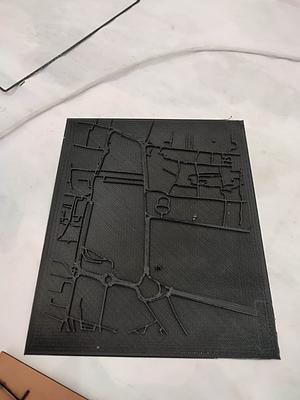
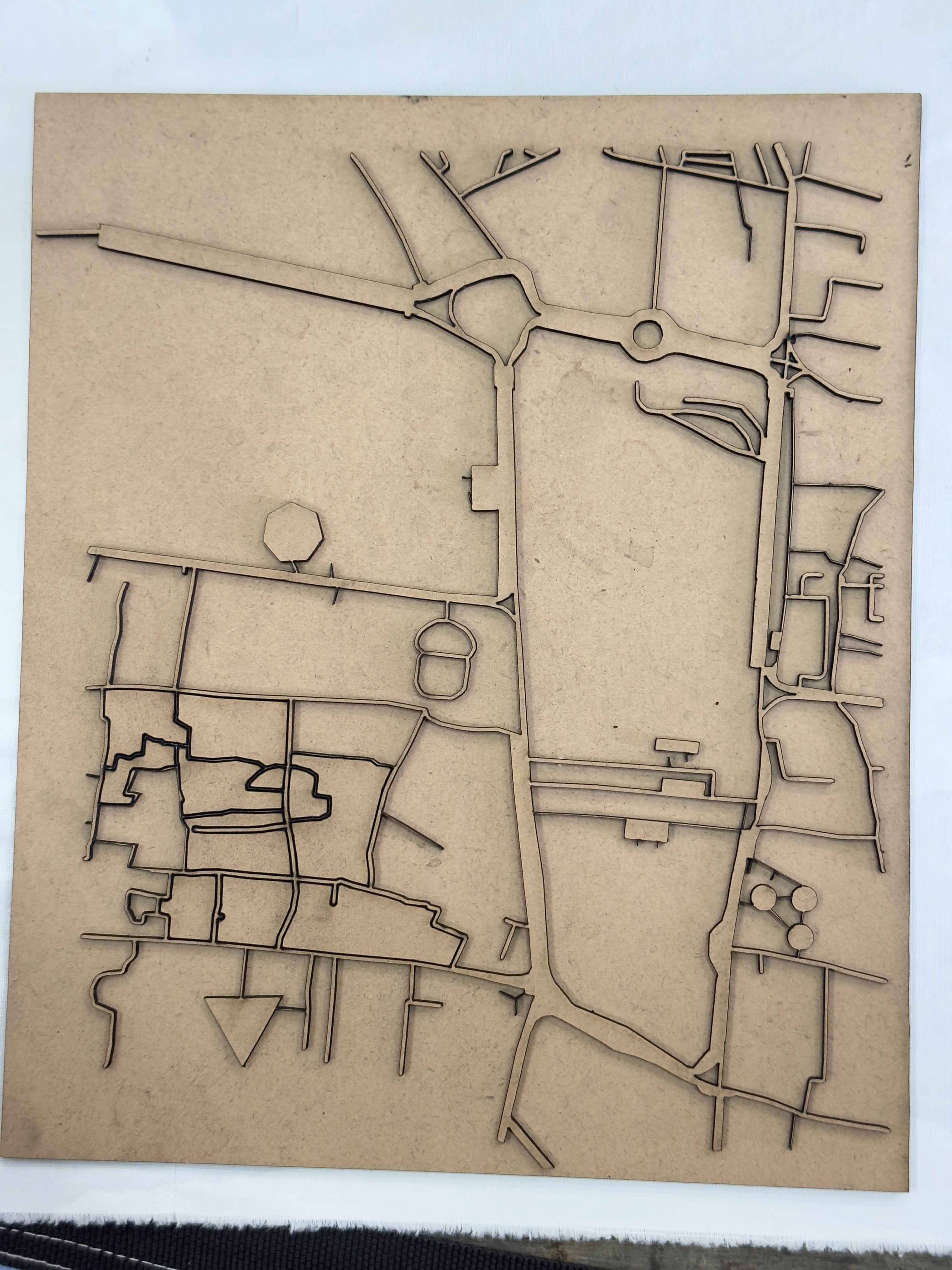
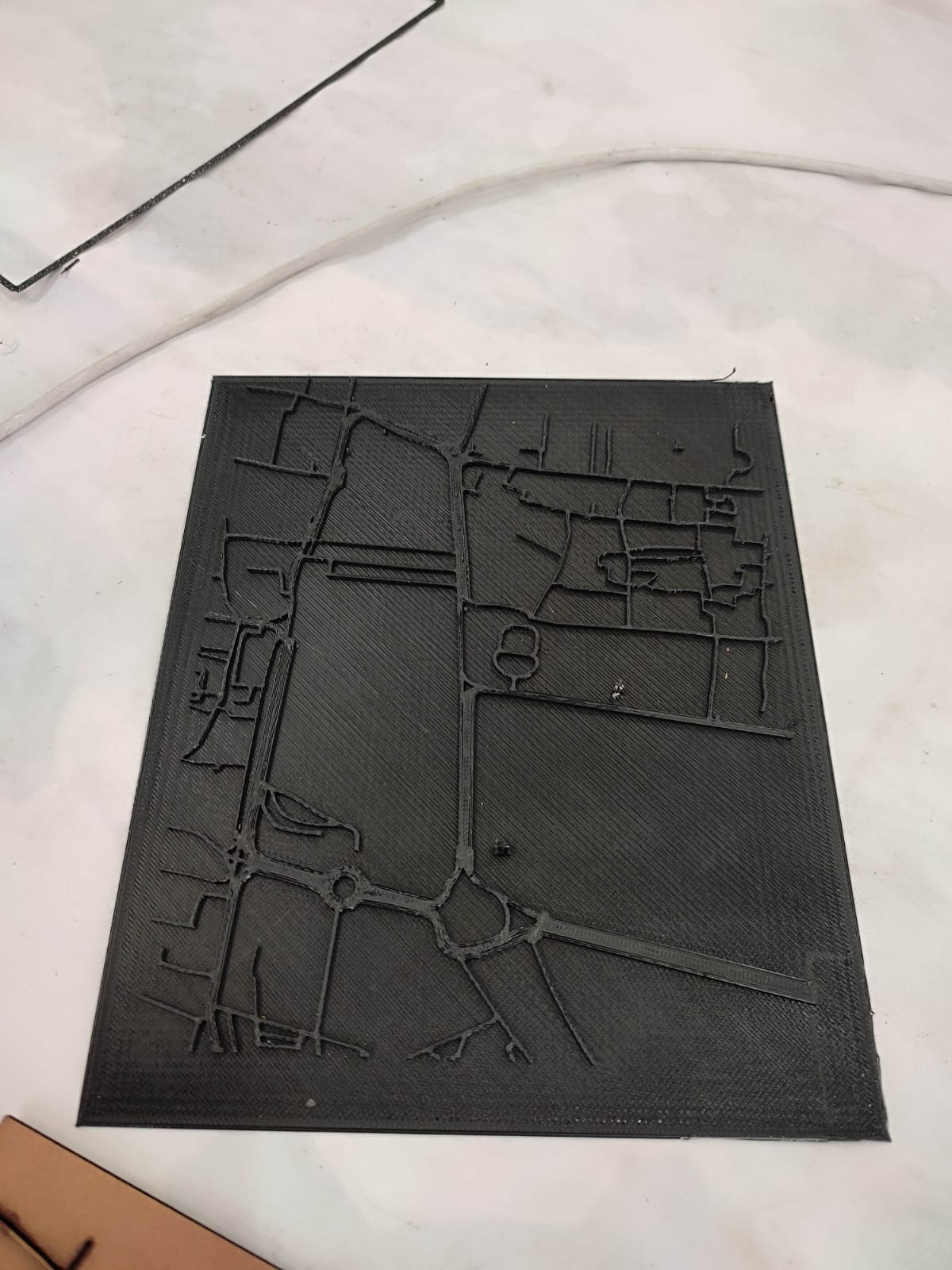

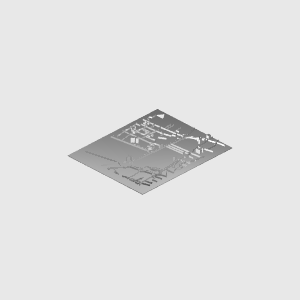
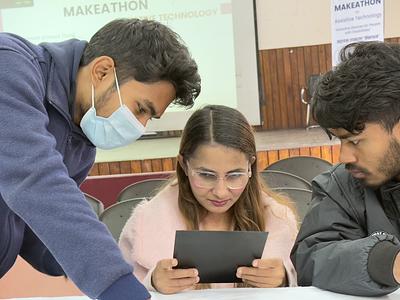
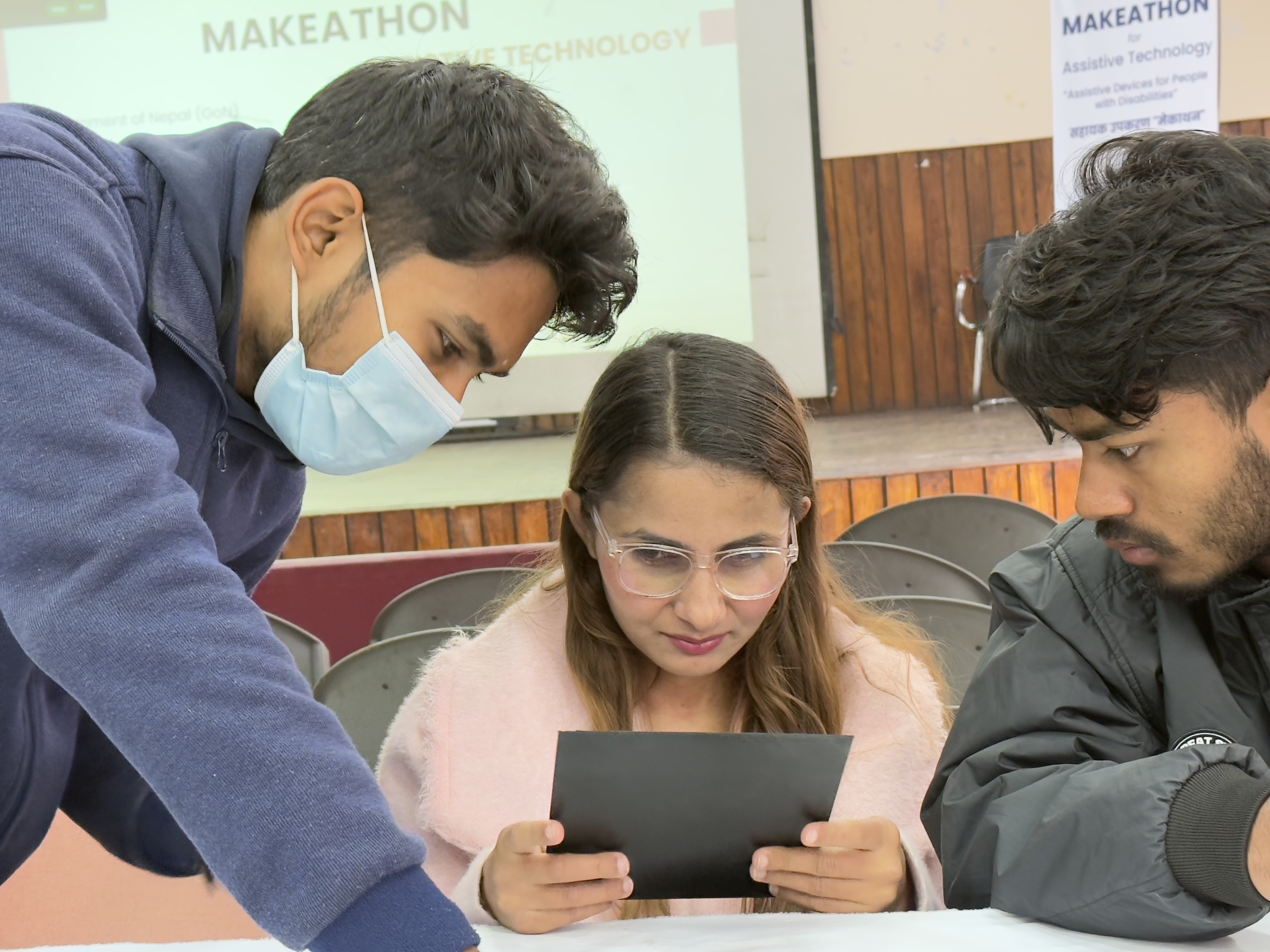
Comments